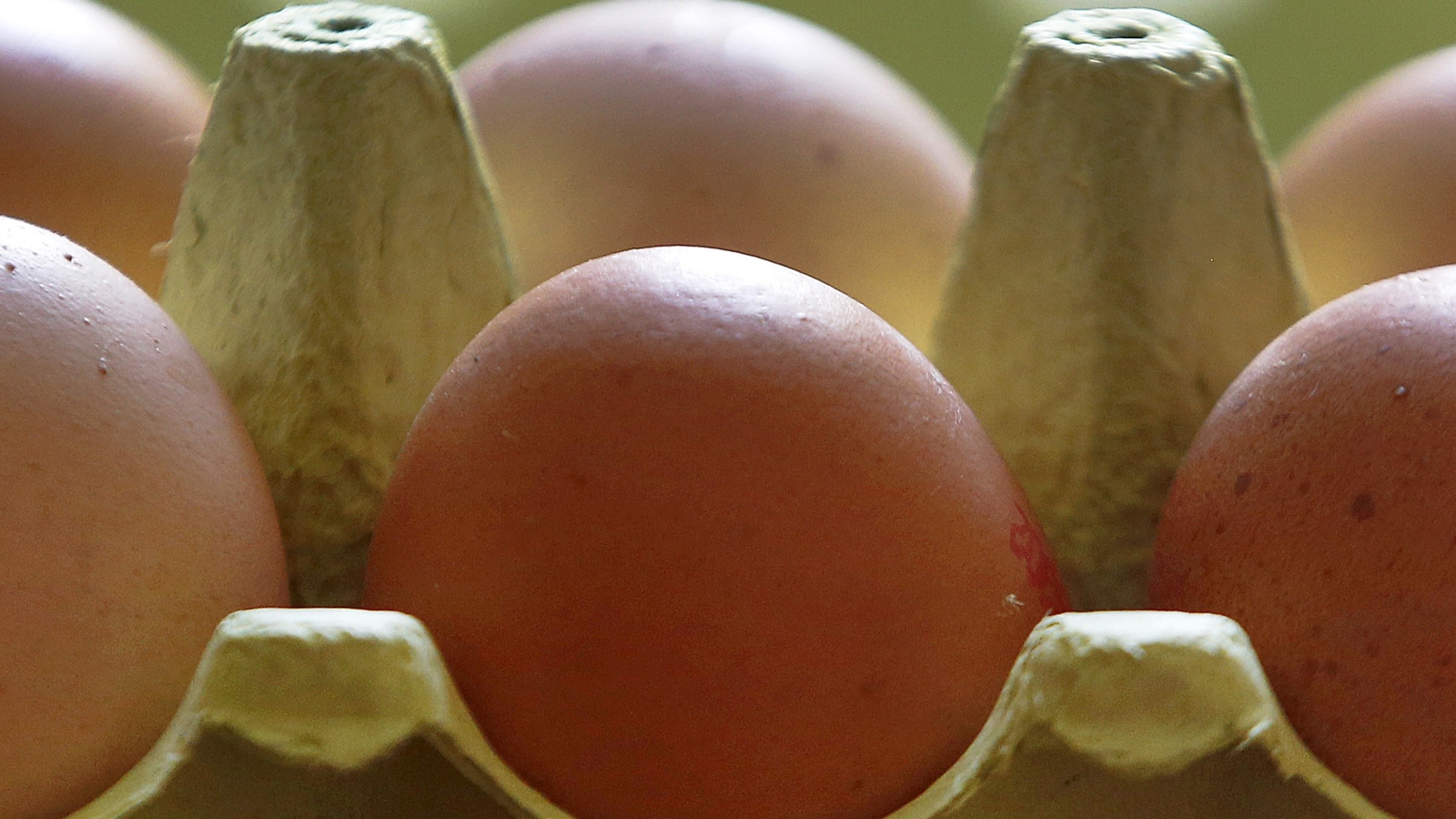Copyright thespinoff

Urban streams are often channelled into culverts and forgotten about. In Christchurch, Shanti Mathias visits two projects that make the case for keeping streams accessible to the public (and other species). Christchurch is a city of three rivers: the Ōpāwaho (Heathcote), winding around the hills, the Ōtākaro (Avon), threaded through the central city, and the oft forgotten Pūharakekenui (Styx) in the north of the city. Each of these rivers has stream tributaries, too, but for the most part, they’re underground, channelled into pipes and culverts. “This is one of the most polluted waterways in the city,” says Nick Moody, who was recently elected onto Environment Canterbury, the regional council. He’s looking at Hayton’s Stream, a waterway he’s very familiar with – as a pollution officer at ECan, he spent three years working with this stream, trying to reduce its pollution. Today, it’s cloudy and grey, the product of recent rains. “There will be lots of sediment washed off the road, probably some of it bound to zinc from car tyres,” says Moody. He looks at the mouth of the pipe the stream is emerging from. “This is an industrial area, so there will be some contamination coming from the factories, from people cleaning their cars.” Over three years, in a collaboration between Environment Canterbury, Christchurch City Council and the University of Canterbury, Moody worked with others to identify sources of pollution in this stream, talking to some of the factories in the area about ways to reduce discharges of pollutants from their drains. One solution was something called “the Storminator” which is placed inside a drainpipe and uses waste mussel shells from the seafood industry to bind to metals in the water, stopping them from entering the waterway. About two kilometres downstream is the other piece of the water puzzle. “Oh, I’m so glad it’s clear in comparison,” Moody says. The river running through the Ngā Puna Wai Sports Hub is clear, with two eels grazing among the river weeds. The council has built a shallow, textured pipe which eels can climb into, so they can move up and down the waterway. The reason the water is so much clearer is largely thanks to the council-created wetlands, initially built in 1993 and upgraded in 2017. The ponds and plants retain water, slowing it down so that contaminant-containing sediments settle to the bottom. Testing showed a tenfold decrease in the amount of zinc in the water, and lowered amounts of nitrogen and phosphorus. Ecological benefits are one of the main reasons to carry out this work. Moody points out that the grazing eels are swimming above a pebbly riverbed, which has more habitat for invertebrates to hide in nooks and crannies. Thirty years of native plants growing around the wetlands has “created a really great habitat for birds”, some of which we can see on the surface of the water. There are some obvious pieces of human engineering, like grates to monitor the eel pipe, but much of this area looks similar to how it did before the Christchurch Drainage Board started channelling water into straight lines in 1875. Cities around Aotearoa, and the world, are approaching urban streams in new ways, which can include “naturalising” by making the stream look more like it would have without human intervention, and “daylighting” – the process of taking streams out of pipes and culverts so they can run in the open. When creeks are exposed, the pollution in them is more obvious, and as well as councils, dedicated community groups like the Styx Living Laboratory Trust and the Cashmere Stream Care Group have helped with planting and restoration. In Christchurch, another example of efforts to make streams more integrated with the city is Addington Brook. Before European colonisation, it travelled through the same general area as it does now, but the landscape around it looked entirely different. Like other parts of Ōtautahi, it was running through wetlands which are now busy streets and the manicured grass of Hagley Park. To keep the stream out of the way, it had been channelled into what was essentially a long, straight ditch with some right angles as it went through Hagley Park to join the Avon. “After storm events there were clear signs of erosion and in some cases the edge of the bank had been washed away and needed to be repaired,” says Gavin Hutchison, Christchurch City Council’s head of Three Waters. The council has undertaken a partial “naturalisation” of the creek, making the banks more gently sloped, removing debris which was causing flooding and making parts of the water accessible, with rocks to hop on and grass to sit next to the creek. The upgrades will be accessible to the public by the end of the year. “Naturalising” a creek is different to simply letting it behave as it would in nature. Water likes to curve and meander – given 50 or 100 years, Addington Brook would probably have eroded the sharp corners of its path through the park all on its own, and perhaps deposited sediment so the banks became less steep. That might have ended up looking similar to the carefully planted, shallow banks the city council’s engineers came up with – but it might also have eroded the netball courts in the process. Giving the stream more space also improves resiliency for flooding. Like many urban streams, surrounded by impervious surfaces, the brook can fill up fast, sometimes reaching the top of the narrow, three-metre-high course which had been dug for it. The council was constantly having to remove debris and trees which could easily block the water and lead to flooding elsewhere, and the steep ditch was a safety hazard for runners and cyclists. “After storm events there were clear signs of erosion and in some cases the edge of the bank had been washed away and needed to be repaired,” says Hutchinson. A wider streambed has more capacity, and the native plants along the banks can slow down the water, preventing it from eroding as quickly. Making more space for urban streams and letting them flow above ground isn’t always possible. “Stormwater pipe networks are designed to transport large volumes of stormwater away from developed areas and at times can offer the best solution,” says Hutchinson. The works on Addington Brook were possible because the council owns the land in the park, and the stream could have more space without majorly interrupting the fields around it. But in the rest of its course, the brook mostly flows through pipes, invisible to the people around it. Bringing it above ground would require reshaping roads or moving houses. It’s always a complicated balance between the cost of restoration, the desire to protect infrastructure like roads from flooding and erosion, the recreation benefits of accessible water bodies and the ecological needs of the species which live in and around the water. “[Council] talks to our communities, we represent their views and we strike a balance between the needs of business, factories, homeowners and nature and try to have all of them,” says Moody. As a new councillor, he’ll now be the one making some of those difficult trade-offs, playing a role in the future of Canterbury’s streams. But where streams can be better integrated into the city, making it easier for people to see and interact with waterways can be good for the health of the water, as well as people. “Having the stream open means people can see it – ECan will get calls saying ‘I was walking across the bridge and there’s all this oil coming down the stream’,” Moody says. If a stream is in a pipe, it can be monitored with cameras, but a person who interacts with a stream is more likely to take action to fix a problem. “Christchurch is a flat city that was built on a wetland. Working with water is in our DNA.”



